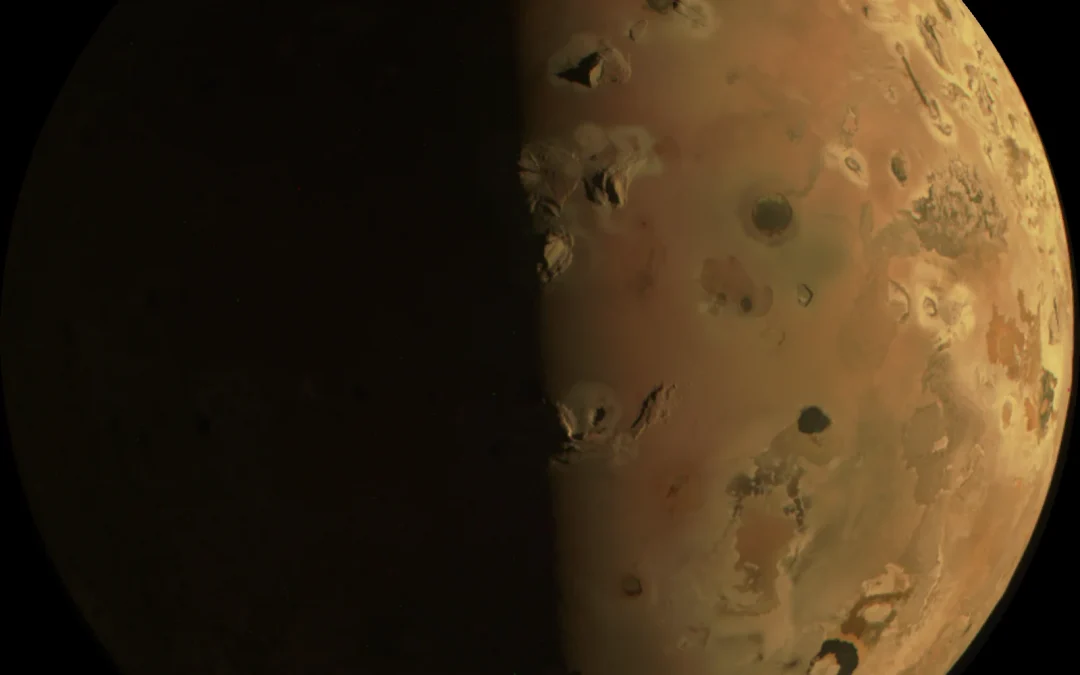
Ep. 713: Solar System Volcanoes – An Update from LPSC 2024
Last week was one of the most exciting meetings we’ve seen from the Lunar and Planetary Science Conference, with hundreds of announcements and discoveries from various missions. One theme kept coming up, the Solar System is more volcanically active than we thought. Today, we’ll explore volcanism on other worlds.

Ep. 712: How Peer Review Fails
You’ve probably heard that the best kind of science is peer-reviewed research published in a prestigious journal. But peer review has problems of its own. We’ll talk about that today.
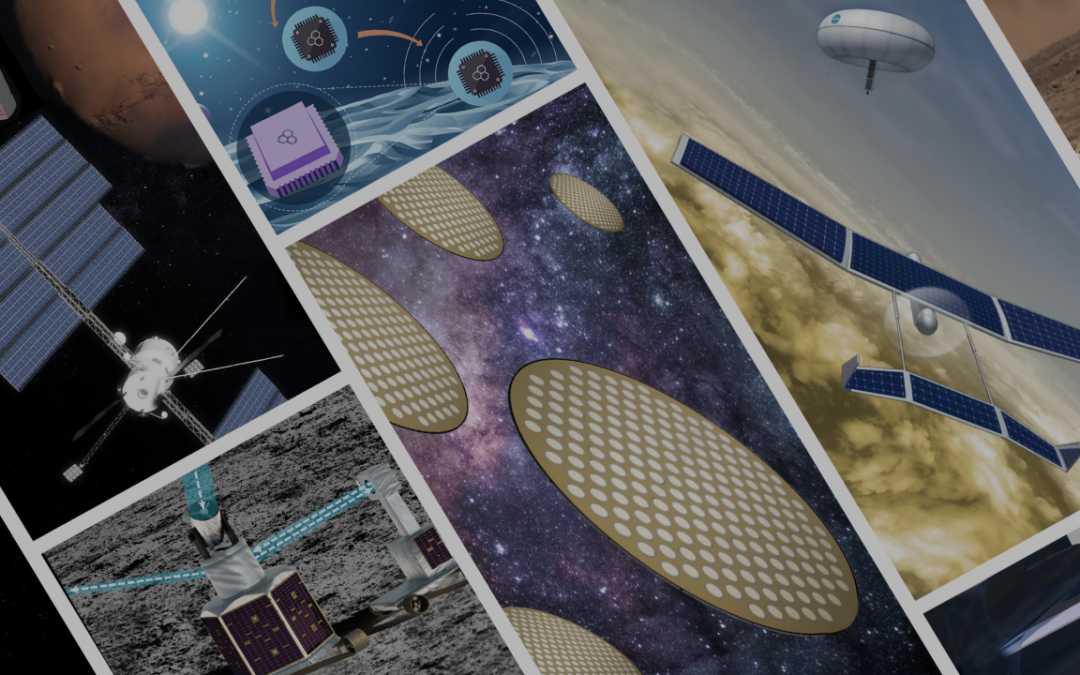
Ep. 711: NASA Innovative Advanced Concepts (NIAC)
NASA works on many missions using tried and true technology, but they also invest in creative ideas that could drive the future of space exploration. It’s called NASA’s Innovative Advanced Concepts or NIAC.
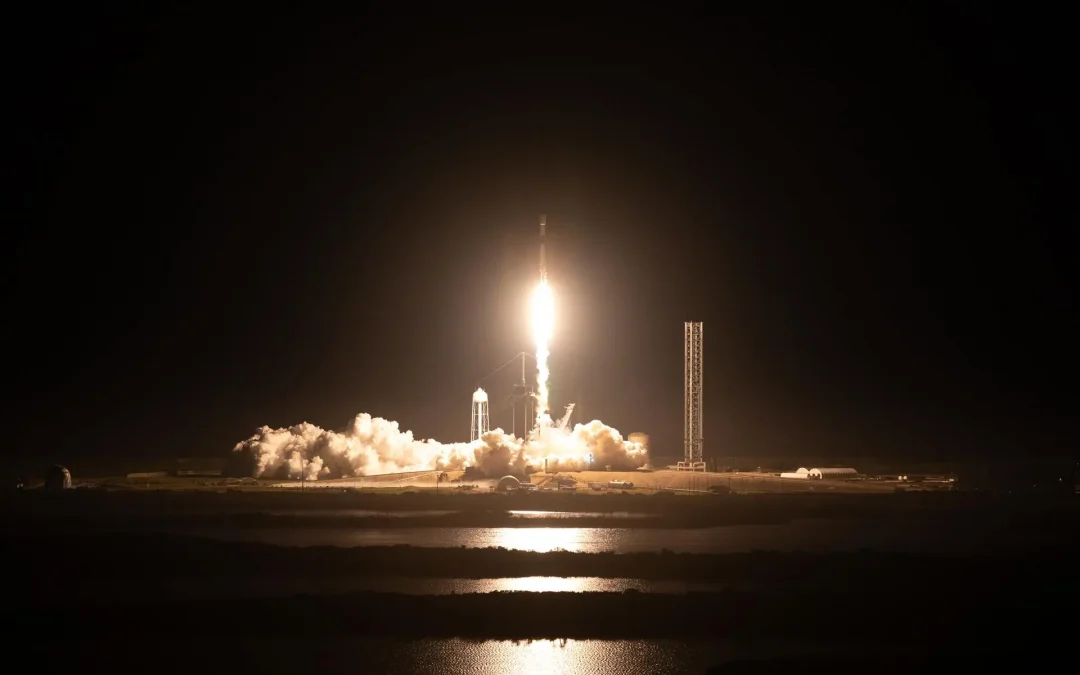
Ep. 710: NASA’s Commercial Lunar Payload Services (CLPS) Program
In the olden days, NASA developed its missions using a variety of in-house engineers and external suppliers. As more commercial companies are targeting the Moon, NASA is working with partners to deliver its payloads to the lunar surface.
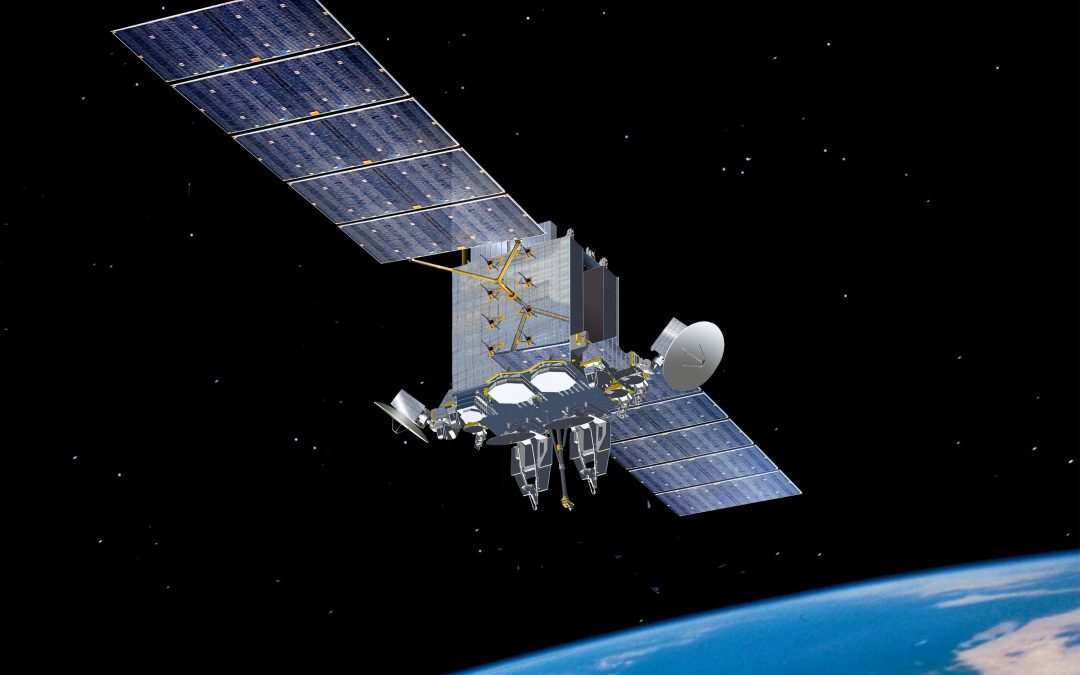
Ep. 709: Space Weapons
Last week we learned that Russia might be planning nuclear weapons to take out satellites in space. What is the current and future possibility of weapons in space and what are the treaties designed to prevent them?
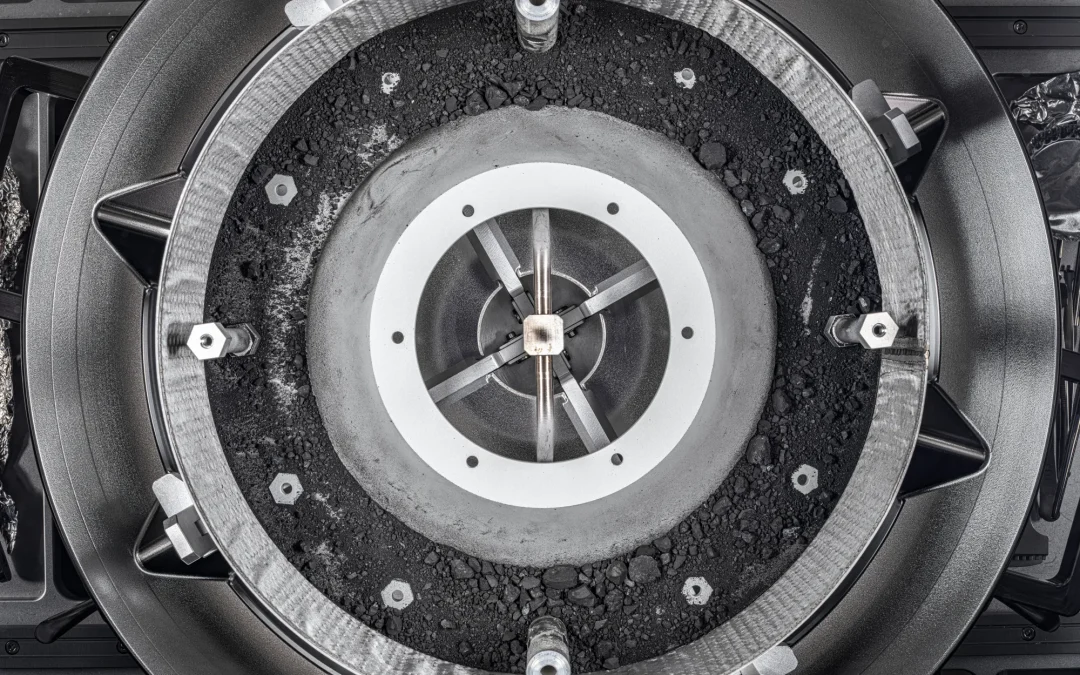
Ep. 708: What Goes Into Sample Return Missions from Asteroids and Comets?
Last week we talked about sample return missions from the Moon and Mars, but scientists have retrieved samples from other objects in the Solar System, including comets and asteroids. What does it take to return a piece of rock from space, and what have we learned so far?
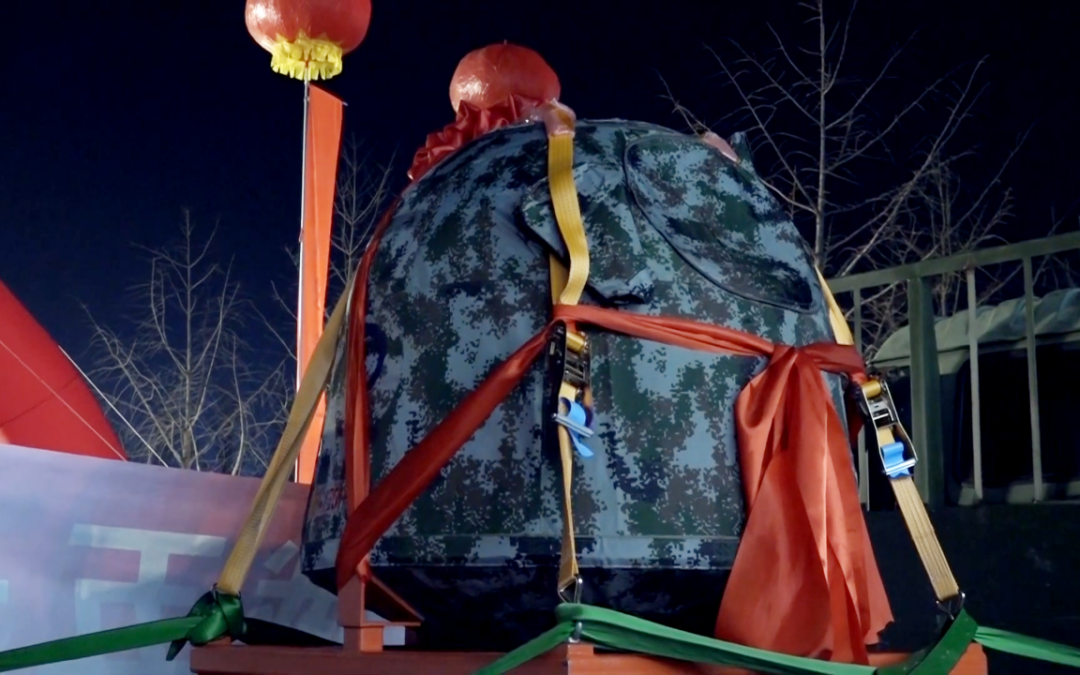
Ep. 707: What Goes Into Sample Return Missions for the Moon and Mars?
We’ve sent robots to other worlds, but the amount of science we can deploy to another planet can’t compare with the vast science labs we have on Earth. That’s why more and more missions are for a sample return, bringing pieces of alien worlds back to Earth, were we study them with proper equipment.
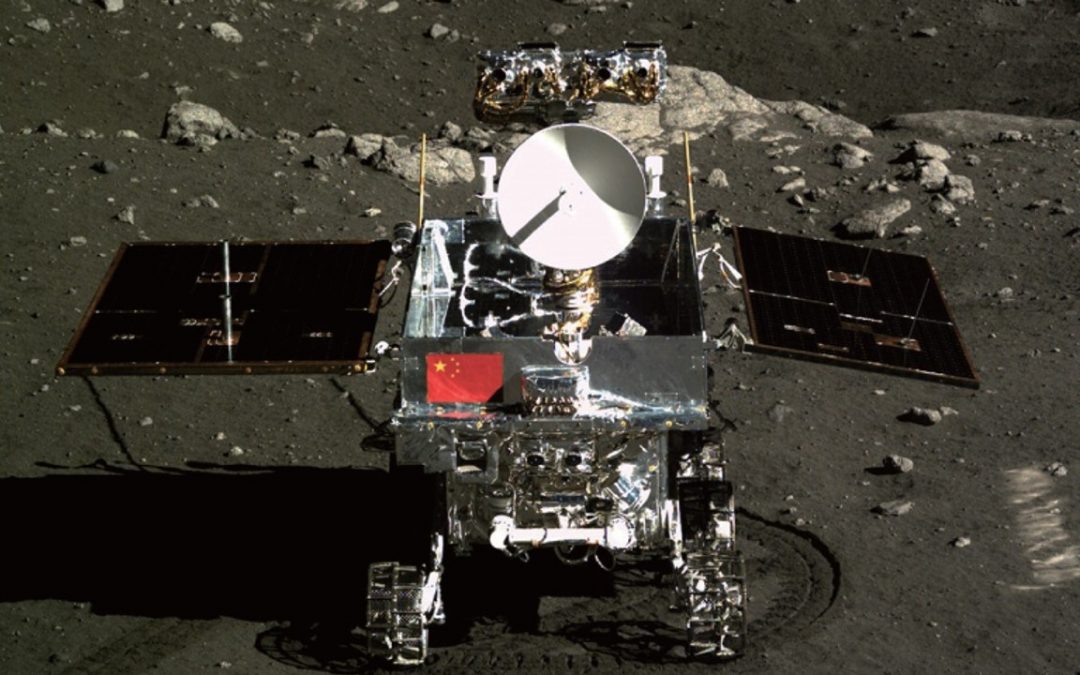
Ep. 706: China’s Space Program
We’re so familiar with NASA’s exploration efforts in space, but you might be surprised to learn that China launches almost as many rockets as the US. They’ve got their own space exploration program that could soon bring humans to the surface of the Moon. Let’s give a brief overview of China’s space exploration plans.
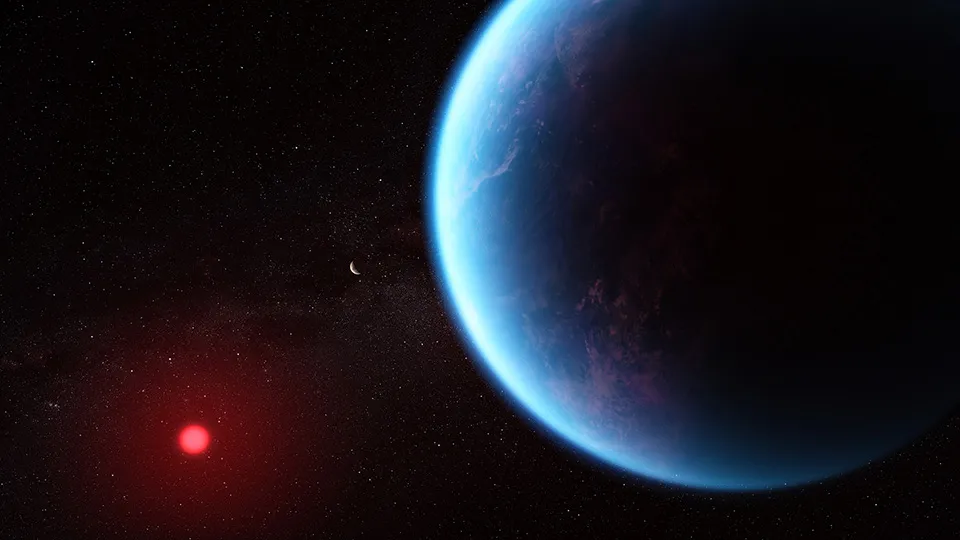
Ep. 705: Water Worlds – Looking for Life Beyond Earth
Wherever we find liquid water on Earth, we find life, so it makes sense to search for water across the Universe, and hopefully we can find evidence of life. But what about worlds which are completely covered in water, oceans hundreds of kilometers deep. Can there be too much water?
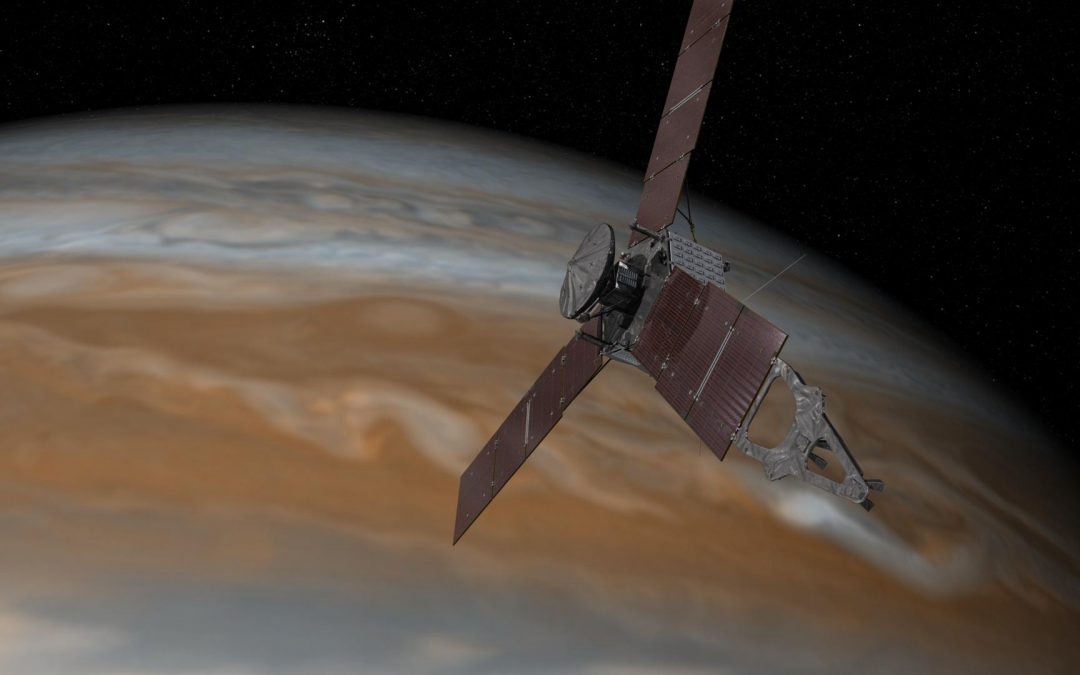
Ep. 704: NASA’s Juno Releases New Images
NASA’s Juno spacecraft has completed dozens of flybys of Jupiter, seeing the planet from many angles and delivering some of the most beautiful images we’ve ever seen of the Jovian world. Now it’s focusing in on Io, sending home images of the tiny volcanic world from just 1,500 km away. And the best is yet to come.
